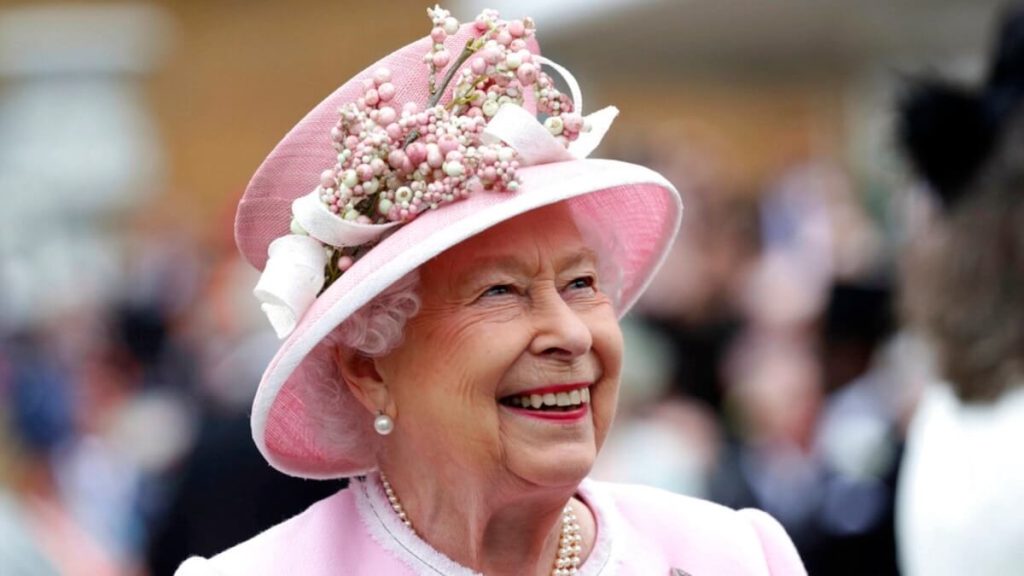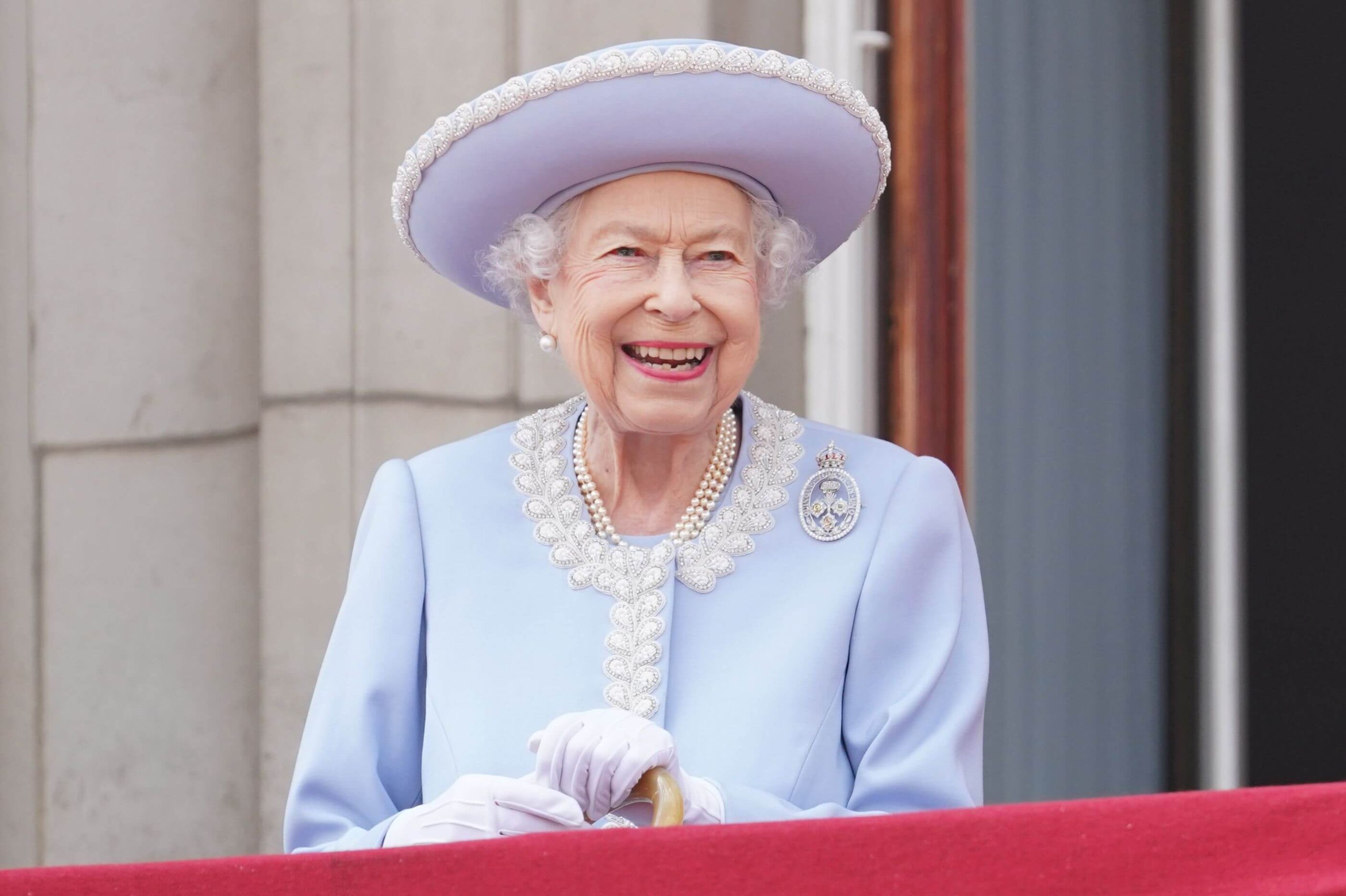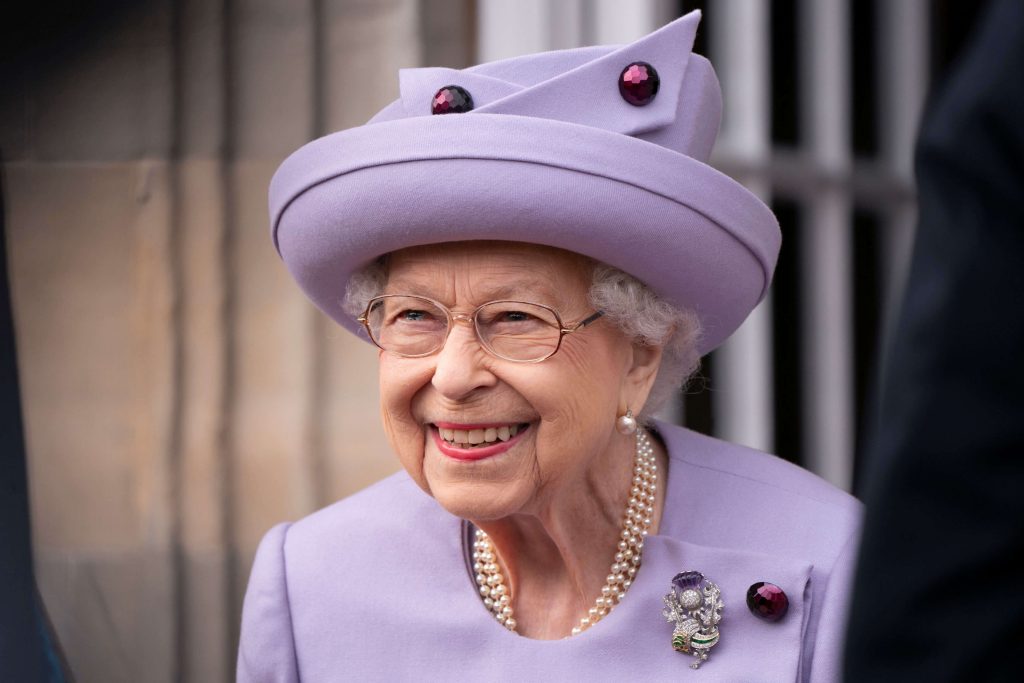Table of Contents
On Thursday, September 8, 2022, the death of Queen Elizabeth II, after 70 years on the throne, marked the end of an era that saw the fall of the British Empire and instability in her own family. At 96, she was an old lady.
Her death was announced by the palace to have come at Balmoral Castle. Her vacation residence in Scotland, where members of the royal family had hurried to her side after she began to decline in health.
Also, she was the only monarch most British had ever known, making her a connection to the nearly extinct generation that fought in World War II.
Her 73-year-old son, Prince Charles, inherited the throne as King Charles III. Upon ascending to the throne, previous British monarchs have chosen new names. Camilla, Charles’s second wife, is preparing to become Queen Consort.
After ten days of nationwide mourning, a funeral is scheduled.

A Role Serving The Royal Family
As her death was announced, the BBC aired “God Save the Queen” over a painting of Elizabeth in full regalia. The flag over Buckingham Palace was lowered to half-staff, signifying the end of the second Elizabethan era.
The everlasting passion of the populace for the queen has helped maintain support for the royal family throughout the scandals. Charles is considerably less popular.
Further, in a statement, Charles called his mother’s death “a moment of the deepest sorrow for me and my entire family,” adding, “I know her loss will be keenly felt by countless people around the world.”
Britain has a brand-new prime minister and is dealing with an energy crisis, double-digit inflation, the conflict in Ukraine, and the impacts of Brexit when the change of guard occurs.
Prime Minister Liz Truss, appointed by the queen only 48 hours earlier, described the nation as devastated. He also referred to Elizabeth as “the rock upon which advanced Britain was constructed.”
When authorities handed a note certifying the queen’s death to the wrought-iron gates of the queen’s London residence, British subjects sobbed outside Buckingham Palace. Hundreds of mourners placed dozens of colorful bouquets at the gates as the rain continued to fall.
“As a young person, this is a truly monumental occasion,” remarked 20-year-old Romy McCarthy. “It signifies the ending of an era, especially for women. We had a powerful lady as somebody to look up to.”
Tributes And Condolences From World Leaders
The queen received condolences and tributes from world leaders.
In Canada, where the British monarch is the head of state, Prime Minister Justin Trudeau praises her “knowledge, compassion, and kindness” with tear-stained eyes. Prime Minister Narendra Modi tweeted: “She embodied respect and decency in public life. “Devastated by her passing.”
Further, U.S. President Joe Biden referred to her as a “stateswoman of incomparable decency and determination who strengthened the United Kingdom’s partnership with the United States.”
Elizabeth has ruled the United Kingdom since her coronation on February 6, 1952. Britain joined the European Union, left it during her reign, and had a difficult transition into the 21st century.
Moreover, She withstood 15 prime ministers, from Winston Churchill to Truss, and became an institution and an emblem — a calming presence even for those who disregarded or despised the monarchy.

The Second-Longest Reigning Monarch
In her later years, age and weakness prevented her from making many public appearances. As Britain celebrated her Platinum Jubilee with days of parties and ceremonies in June, Elizabeth remained securely in charge of the monarchy and at the forefront of national life.
Also, in the same month, Queen Elizabeth became the second-longest reigning monarch in history, behind King Louis XIV of France, who ascended the throne at age 4 in the 17th century. On Tuesday, she presided over a ceremony at Balmoral Castle to accept Boris Johnson’s resignation as prime minister and nominate Truss as his successor.

A Woman With Tremendous Nerves
She was healthy into her 90s, although she used a walking stick after Philip’s death. The queen told reception guests months ago, “I can’t move.” The palace said the queen had “episodic mobility problems.”
The Queen Elizabeth held virtual meetings from Windsor Castle with diplomats and lawmakers, but public appearances declined.
She prepared for the change. In February, the queen said she wants Camilla to be called “Queen Consort” when her son became king. It cleared up the lady’s role some blamed for Charles’ divorce from Diana.
May urged Charles to recite the Queen’s Speech during the State Opening of Parliament, a constitutional duty.
Seven decades after World War II, Elizabeth was the focus of national mood amid COVID-19’s uncertainty and loss.
In April 2020, with the U.K. in lockdown and Boris Johnson sick, she urged everyone to stick together.
She also summoned the spirit of World War II by singing Vera Lynn’s “We’ll Meet Again.”
“While we may have to endure more, better days will come. Our pals will return. We’re going home. She said, “We’ll meet again.”



